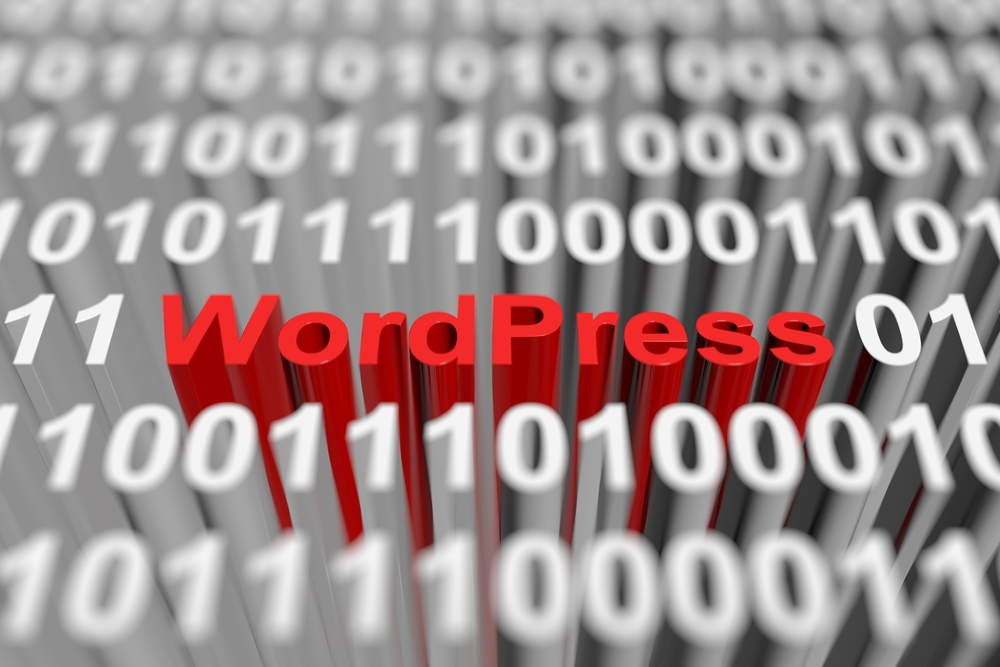
WordPress has undoubtedly become one of the most popular content management systems (CMS) for building websites. With its user-friendly interface and extensive customization options, WordPress allows individuals and businesses to create stunning websites without the need for coding skills. However, to truly harness the power of WordPress and make your website stand out, mastering the art of customization and maintenance is crucial. In this article, we will uncover some pro tips and tricks to help you elevate your WordPress (the blogging platform) website to new heights.
1. Choose the Right ThemeThe theme you choose for your WordPress (or WP) website sets the foundation for its overall design and functionality. With thousands of free and premium themes available, selecting the perfect one can be overwhelming. When selecting a theme, consider the purpose of your website and the features you require. Look for themes that are regularly updated, responsive, and well-supported by the developer community.
2. Customize with CSS
While many themes offer customization options, you might find yourself wanting to make further tweaks to achieve a truly unique look. This is where CSS (Cascading Style Sheets) comes in handy. By adding custom CSS code, you can modify the appearance and layout of specific elements on your website. WordPress provides a built-in Customizer tool where you can easily add custom CSS without editing the theme files directly.
3. Plugins for Enhanced Functionality
WordPress (WP) is known for its vast plugin ecosystem, allowing you to extend the functionality of your website with ease. Whether you want to add a contact form, optimize your website for search engines, or integrate social media sharing buttons, there's a plugin for almost everything. Be cautious, however, not to go overboard with plugins, as they can slow down your website's performance. Only install reputable plugins from trusted sources and regularly update them to ensure compatibility and security.
4. Backup, Backup, Backup
Regularly backing up your WordPress (the platform for bloggers) website is an essential practice that cannot be stressed enough. Imagine losing all your hard work due to a technical glitch or a malicious attack. To prevent this nightmare scenario, use reliable backup plugins or seek assistance from your web hosting provider. Establish a backup routine and ensure that both your database and files are backed up securely. Additionally, consider storing your backups offsite or using cloud-based solutions for added security.
5. Optimize for Performance
Website speed plays a crucial role in user experience and search engine rankings. A sluggish website can turn away visitors and harm your organic traffic. To optimize your WordPress website for performance, consider implementing the following techniques:
- Enable caching: Utilize caching plugins or enable server-side caching to speed up your website by delivering static versions of your pages to visitors.
- Optimize images: Compress and resize images before uploading them to your website using plugins or online compression tools.- Minify and combine files: Minify your CSS and JavaScript files to reduce their size, and combine them into fewer files to minimize HTTP requests.
- Use a content delivery network (CDN): A CDN distributes your website's static files to multiple servers around the world, allowing for faster content delivery to users in different regions.
FAQ: Frequently Asked Questions
Q1: How do I install WordPress?A1: Installing WordPress is a straightforward process. Most web hosting providers offer one-click WordPress installation through control panel tools like Softaculous or Fantastico. If your hosting provider does not offer this option, you can download the WordPress installation files from wordpress.org and follow the manual installation instructions.
Q2: Can I change the appearance of my WordPress website without coding skills?
A2: Absolutely! WordPress offers a wide range of themes and customization options that do not require any coding skills. You can change the appearance of your website by selecting a new theme or using the built-in Customizer to modify colors, fonts, and layouts.
Q3: Is it necessary to regularly update WordPress and its plugins?
A3: Yes, it is vital to keep your WordPress installation and plugins up to date. Updates often include bug fixes, security enhancements, and new features. Failing to update can leave your website vulnerable to security threats and may cause compatibility issues.
Q4: Can I add functionality to my WordPress website without using plugins?
A4: While plugins offer a convenient way to add functionality, you can also achieve certain enhancements by directly editing your theme's code or utilizing custom coding. However, be cautious when modifying code, as it may affect your website's stability and compatibility with future updates.
Q5: How often should I back up my WordPress website?
A5: The frequency of backups may vary depending on how often your website content is updated. If you publish or update content regularly, it is recommended to have a daily or weekly backup routine. If your website experiences less frequent updates, a monthly backup may be sufficient. The key is to have a consistent backup strategy in place to minimize the risk of data loss.
In conclusion, mastering WordPress website customization and maintenance is essential to create a professional, unique, and functional online presence. By following the pro tips and tricks mentioned above, you can unlock the full potential of WordPress and ensure your website stands out from the crowd. Remember to keep learning and adapting as WordPress evolves, and don't be afraid to explore new techniques to continuously enhance your website's performance and user experience.
Other useful resources
- https://en.wikipedia.org/wiki/WordPress
- https://www.wordpress24plus.com/topics/wordpress-tips-and-tricks/